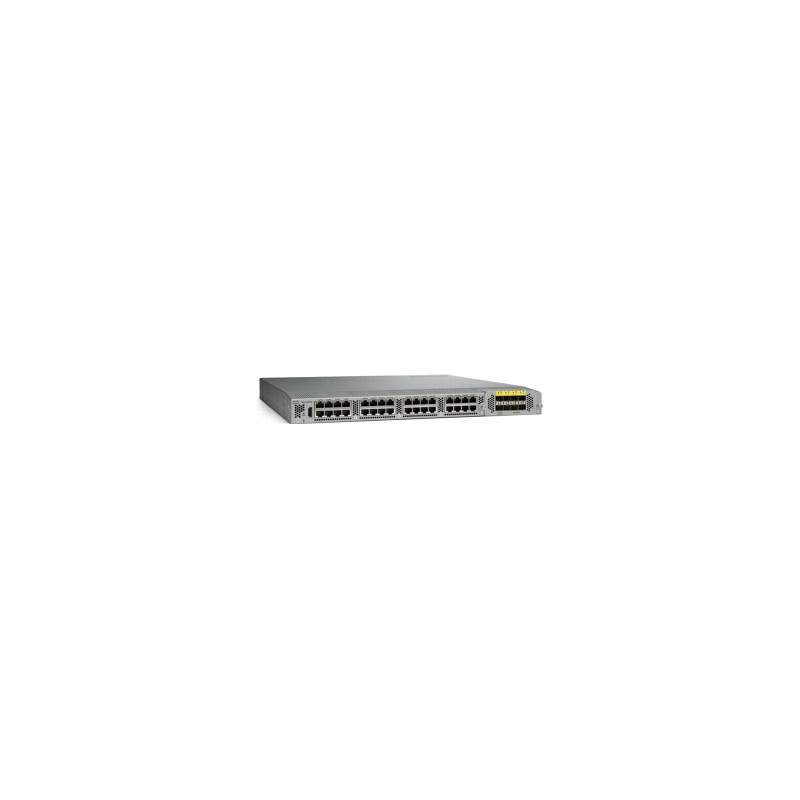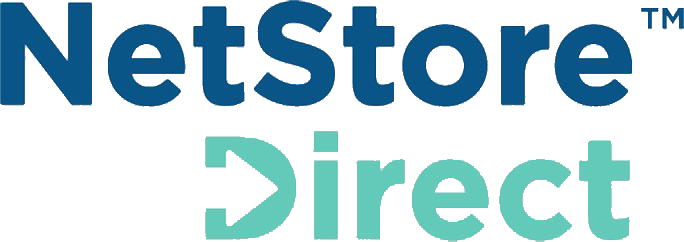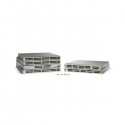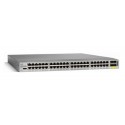
The Cisco Nexus® 2000 Series Fabric Extenders comprise a category of data center products designed to simplify data center access architecture and operations. The Cisco Nexus 2000 Series uses the Cisco® fabric extender architecture to provide a highly scalable unified server-access platform across a range of 100 Megabit Ethernet, 1 and 10 Gigabit Ethernet, unified fabric, copper and fiber connectivity, and rack and blade server environments. The platform is well suited to support today’s traditional 1 Gigabit Ethernet environments while allowing transparent migration to 10 Gigabit Ethernet, virtual machine-aware unified fabric technologies.
The Cisco Nexus 2000 Series Fabric Extenders behave like remote line cards for a parent Cisco Nexus switch. The fabric extenders are essentially extensions of the parent Cisco Nexus switch fabric, with the fabric extenders and the parent switch together forming a distributed modular system. This architecture enables physical topologies with the flexibility and benefits of both top-of-rack (ToR) and end-of-row (EoR) deployments .
The Cisco Nexus 2000 Series architecture provides the following benefits:
- Architecture flexibility: A common, scalable, and adaptive architecture across data center racks and points of delivery (PoDs)[1] supports various server options, connectivity options, physical topologies, and evolving needs.
- Highly scalable server access: 1 and 10 Gigabit Ethernet server access is scalable, with no reliance on Spanning Tree Protocol.
- Simplified operations: One single point of management and policy enforcement using upstream Cisco Nexus switches eases the commissioning and decommissioning of server racks through zero-touch installation and automatic configuration of fabric extenders.
- Increased business benefits: Consolidation, cabling reduction, rack-space reduction, reduced power and cooling, investment protection through feature inheritance from the parent switch, and the capability to add functions without the need for a major equipment upgrade of server-attached infrastructure all contribute to reduced operating expenses (OpEx) and capital expenditures (CapEx).
The Cisco Nexus 2000 Series design aligns with that of servers. It offers front-to-back cooling, compatible with data center hot-aisle and cold-aisle designs, all switch ports at the rear of the unit in close proximity to server ports, and all user-serviceable components accessible from the front panel. It also offers back-to-front cooling, with switch ports in front of the chassis, aligned with the cold aisle, for optimized cabling in network racks. The Cisco Nexus 2000 Series is built for nonstop operation, with redundant hot-swappable power supplies and a hot-swappable fan tray with redundant fans. Its compact 1-rack-unit (1RU) form factor takes up relatively little space, making it easy to incorporate into rack designs. The fabric extenders are available in several models to provide speed, connectivity, and port-density options.
The Cisco Nexus 2000 Series Fabric Extenders behave like remote line cards for a parent Cisco Nexus switch. The fabric extenders are essentially extensions of the parent Cisco Nexus switch fabric, with the fabric extenders and the parent switch together forming a distributed modular system. This architecture enables physical topologies with the flexibility and benefits of both top-of-rack (ToR) and end-of-row (EoR) deployments .
The Cisco Nexus 2000 Series architecture provides the following benefits:
- Architecture flexibility: A common, scalable, and adaptive architecture across data center racks and points of delivery (PoDs)[1] supports various server options, connectivity options, physical topologies, and evolving needs.
- Highly scalable server access: 1 and 10 Gigabit Ethernet server access is scalable, with no reliance on Spanning Tree Protocol.
- Simplified operations: One single point of management and policy enforcement using upstream Cisco Nexus switches eases the commissioning and decommissioning of server racks through zero-touch installation and automatic configuration of fabric extenders.
- Increased business benefits: Consolidation, cabling reduction, rack-space reduction, reduced power and cooling, investment protection through feature inheritance from the parent switch, and the capability to add functions without the need for a major equipment upgrade of server-attached infrastructure all contribute to reduced operating expenses (OpEx) and capital expenditures (CapEx).
The Cisco Nexus 2000 Series design aligns with that of servers. It offers front-to-back cooling, compatible with data center hot-aisle and cold-aisle designs, all switch ports at the rear of the unit in close proximity to server ports, and all user-serviceable components accessible from the front panel. It also offers back-to-front cooling, with switch ports in front of the chassis, aligned with the cold aisle, for optimized cabling in network racks. The Cisco Nexus 2000 Series is built for nonstop operation, with redundant hot-swappable power supplies and a hot-swappable fan tray with redundant fans. Its compact 1-rack-unit (1RU) form factor takes up relatively little space, making it easy to incorporate into rack designs. The fabric extenders are available in several models to provide speed, connectivity, and port-density options.
| AC input frequency | 50/60 Hz |
| AC input voltage | 90-264 V |
| Auto-negotiation | Yes |
| Certification | UL 60950-1\nCAN/CSA-C22.2 No. 60950-1EN 60950-1\nEC 60950-1AS/NZS 60950-1GB4943 |
| Colour of product | Grey |
| Data transfer rate | 10000 Mbit/s |
| DC-in jack | Yes |
| Depth | 449.6 mm |
| Duplex system | Full |
| Ethernet LAN (RJ-45) ports | 32 |
| Ethernet LAN data rates | 10,100,1000,10000 Mbit/s |
| Fiber optic connector | SFP+ |
| Fiber ports quantity | 8 |
| Flow control support | Yes |
| Full duplex | Yes |
| Height | 43.7 mm |
| Input current | 2.15 A |
| Jumbo frames support | Yes |
| LED indicators | Yes |
| Maximum transfer distance | 10000 m |
| Networking standards | IEEE 802.1Q,IEEE 802.1p,IEEE 802.3,IEEE 802.3ab,IEEE 802.3ae,IEEE 802.3an,IEEE 802.3u |
| On/off switch | Yes |
| Operating altitude | 0 - 3000 m |
| Operating relative humidity (H-H) | 5 - 95 % |
| Operating temperature (T-T) | 32 - 104 °F |
| Output current | 17 A |
| Power consumption (max) | 300 W |
| Power consumption (typical) | 210 W |
| Quality of Service (QoS) support | Yes |
| RoHS compliance | Yes |
| Storage temperature (T-T) | -20 - 70 °C |
| VLAN tagging | Yes |
| Weight | 8400 g |
| Width | 439.4 mm |
Cisco Nexus 2232TM-E
Nexus 2232TM-E Series 10GBASE-T Fabric Extender, 2PS, 1 Fan Module, 32x1/10GBase-T + 8x10GE Module (req SFP+), choice of airflow and power supply
N2K-C2232TM-E
Out of Stock
£9,361.25
£7,801.04 Ex VAT. 







